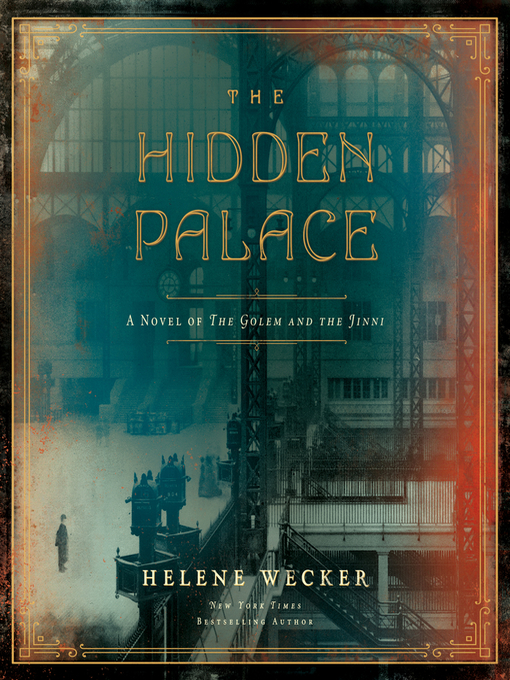

Her only living parent is the Rabbi Altschul, who happens to get a hold of some mystical texts that teach him how to create-a golem! With the help of Kreindel, the Rabbi does bring such a being to life. The second strand concerns a young girl named Kreindel Altschul.

This quest will eventually result in the arrival of a female jinni, a jinniyeh named Dima, in New York. But the jinni’s intercourse has left Sophia with a damaged physiology, and she sets out for his homeland to seek a cure. We saw her and Ahmad become fleeting lovers earlier. One strand concerns rich girl Sophia Winston. That journey will soon have vast repercussions, since he revealed himself to the native jinnis.īut before we watch the friendship between this unlikely pair blossom into something approaching star-crossed love, we pick up three other strands, all of which will tie in elegantly with the main arcs of Chava and Ahmad, during a real Gotterdammerung conclusion that tapers off into a bittersweet coda.

Chava continues her existence as head baker for the Radzins, while Ahmad has just returned to his metal-smithing shop and human partner Arbeely after a trip to his Middle Eastern homeland to bury the bottle containing the essence of Yehudah Schaalman. The new book opens hard on the heels of the first. But then the evil wizard who created Chava, Yehudah Schaalman, threatens their restless contentment until he is defeated in a slam bang climax. We experience the mundane and supernatural lows and highs of their lives in this lushly rendered era. Chava and Ahmad find each other in the lonely, swarming metropolis and become bosom buddies, more or less by default of having no other companions who could understand their peculiar existences. Meanwhile, in the same time and place, an ancient jinni, Ahmad, is freed by a human from his bottle imprisonment. An artificial woman, a traditional Jewish golem named Chava, is created in Europe, voyages to New York City circa 1900, and becomes a free agent, learning to fit in among humans. Very, very reductionistically, let us encapsulate the doings and cast of the first volume. The eight-year interval between the two books bespeaks immense diligence and artistry, but I must lodge a hope that any third volume comes sooner! But she does not merely replicate all the pleasures, plot points, devices, and charms of the predecessor, but deepens, extends, and culminates all the arcs, leaving the reader very satisfied-yet with an expansive outlook for further adventures of our uncanny duo. Helene Wecker’s sequel to her stunning 2013 debut, The Golem and the Jinni, succeeds 100 percent in recapturing the assured voice, the delicate magic, the solid historical verisimilitude, and the engaging interplay of personalities that she delivered in the first book.


 0 kommentar(er)
0 kommentar(er)
